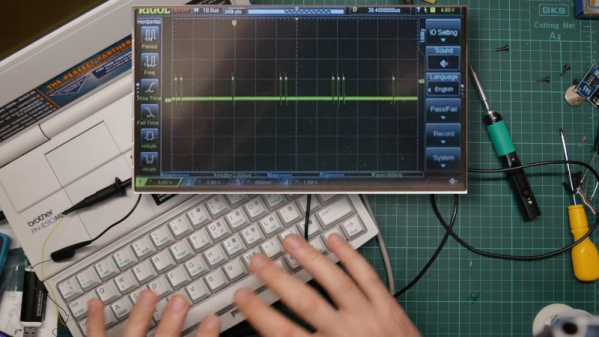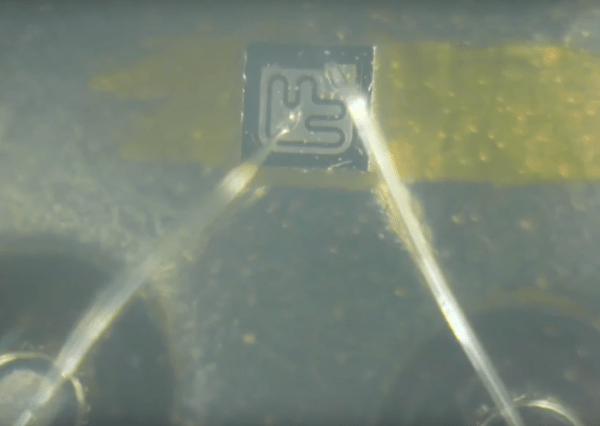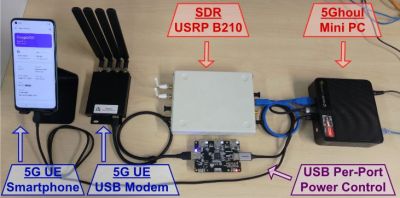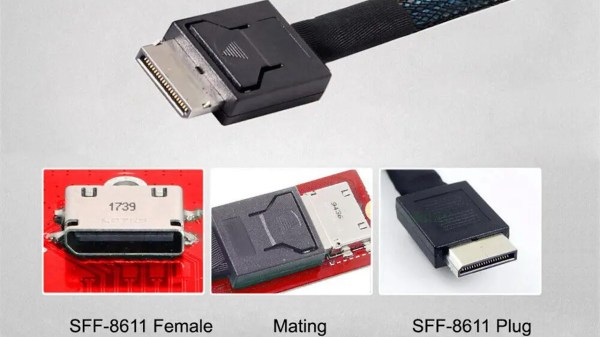It is hard to describe the Brother SuperPowerNote. It looks like a big old Z80-based laptop, but it says it is a notebook. The label on it says (with lots of exclamation marks) that it is a word processor, a communications system, a personal scheduler, and a spreadsheet organizer. Brother also promises on the label that it will “Increase your power to perform on the job, on the road or at home!” Plenty of exclamation marks to go around. The label also touts DOS or Windows, but [Poking Technology] didn’t want that. He wanted CP/M. See how he did it in the video below.
This is a very early laptop-style word processor with a floppy and a strange-looking screen. It also had serial and parallel ports, odd for a word processor, and probably justified the “communication system” claim on the label.


















